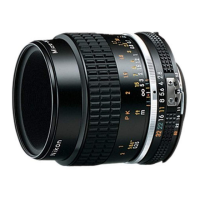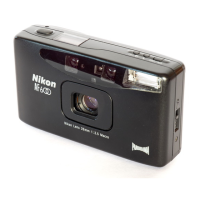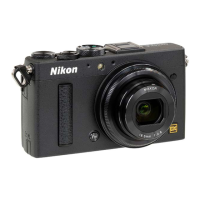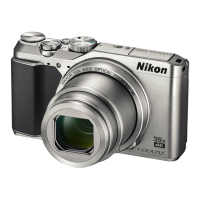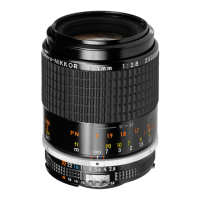
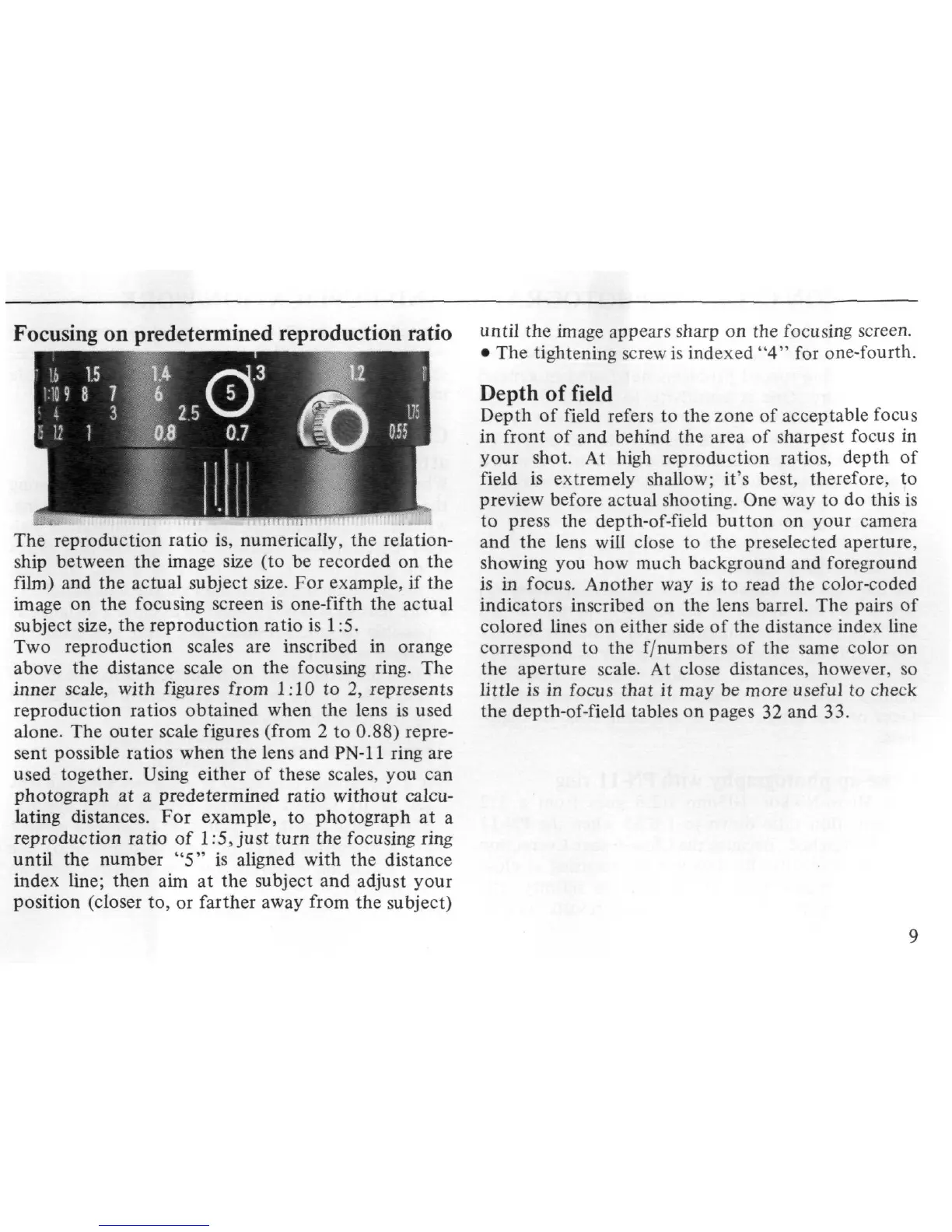 Loading...
Loading...
Do you have a question about the Nikon AI-S Micro-Nikkor 105mm f/2.8 and is the answer not in the manual?
| Focal Length | 105mm |
|---|---|
| Maximum Aperture | f/2.8 |
| Minimum Aperture | f/32 |
| Diaphragm Blades | 7 |
| Filter Size | 52mm |
| Angle of View | 23°20' |
| Format Compatibility | 35mm Film/Full-Frame Digital |
Guidance on selecting focusing screens for different camera models and teleconverters.
How to use reproduction ratio scales for precise focusing without calculating distances.
Explanation of depth of field and how to preview it using the lens and camera.
Avoiding camera shake during close-up photography using tripods and cable releases.
Managing shallow depth of field at close working distances for sharp focus.
Using the PN-11 ring for extended reproduction ratios and best aperture settings.
Focusing and calculating reproduction ratios with bellows attachments.
Techniques for accurate duplication work, using extension rings for higher reproduction ratios.
How the lens meters exposure with TTL systems and close-up attachments.
Exposure compensation for non-TTL metering and shutter speed adjustments.
